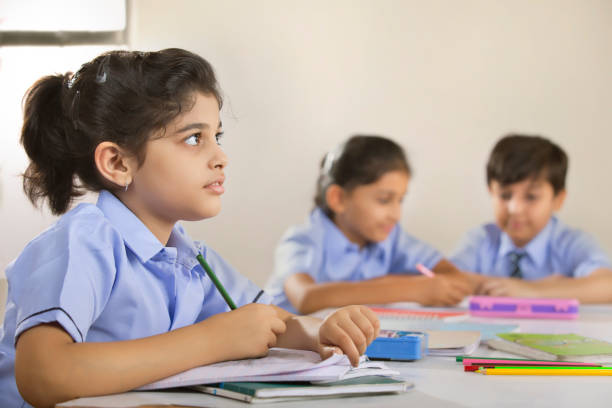The Annual Status of Education Report (ASER) 2024 highlights a remarkable shift in India’s foundational learning landscape. For the first time in years, early-grade literacy and numeracy outcomes show a positive trend across various states. This progress is largely attributed to NIPUN Bharat, the National Initiative for Proficiency in Reading with Understanding and Numeracy, which was launched in 2021 under the National Education Policy (NEP) 2020.
The success of this initiative is evident in states like Uttar Pradesh and Odisha, where students are showing significant improvements in reading and math skills. However, ensuring the long-term impact of NIPUN Bharat requires an extension of its framework and objectives.
NIPUN Bharat’s Key Strategies and Impact
The mission’s structured approach focuses on teaching-learning materials (TLM), teacher training, assessment tracking, and project management to ensure quality implementation.
- Teaching-Learning Materials: Schools receive ₹500 per child to create engaging and interactive learning resources.
- Teacher Training: States receive ₹5,000 per teacher for capacity-building workshops, ensuring educators are equipped with effective teaching strategies.
- Assessment and Evaluation: Each state is allocated ₹10–20 lakh to conduct learning outcome assessments and identify gaps in teaching methodologies.
- Project Management Support: Funds ranging from ₹25 lakh to ₹1 crore are provided for setting up Project Management Units (PMUs) at state and district levels.
Real-World Success Stories
The impact of NIPUN Bharat extends beyond numbers, transforming classroom experiences and student engagement:
- In Uttar Pradesh, teacher Ravi Sharma uses songs and rhythm-based learning to teach mathematics, making numerical concepts more accessible for students.
- In Odisha’s Dhenkanal district, second-grade student Shragatika Ghosh has improved her reading skills through contextualized Odia-language workbooks.
Data-Driven Results
According to ASER 2024, foundational learning outcomes have significantly improved:
- In UP, the percentage of Grade III students able to read Grade II-level texts increased from 24% to 34% between 2022 and 2024.
- Students solving basic subtraction problems improved from 29% to 41% during the same period.
- Similar progress has been observed in Odisha and other states implementing innovative teaching-learning materials.
Why NIPUN Bharat Needs an Extension
While NIPUN Bharat has made significant strides, India still faces challenges in bridging foundational learning gaps, particularly for students from marginalized communities. Systemic transformation requires long-term interventions.
Proposed NIPUN 2.0: Expanding the Vision
To sustain and deepen these improvements, experts suggest extending NIPUN Bharat to 2030 under an enhanced NIPUN 2.0 framework. Key focus areas should include:
- Expansion to Grades III–V: Strengthening foundational skills before transitioning to higher-order learning.
- Emphasis on Early Childhood Education (ECE): Investing in preschool education to prepare students before they enter primary school.
- Continued Teacher Training: Ensuring educators receive ongoing skill development and updated pedagogy.
- Integration of Digital Learning Tools: Leveraging technology and AI-driven platforms to enhance literacy and numeracy.
The Path Forward
The ASER report confirms that progress is achievable with the right policies, tools, and resources. Extending NIPUN Bharat’s mission will not only improve literacy and numeracy rates but also set a global benchmark for foundational learning.
By committing to NIPUN 2.0, India has an opportunity to create transformative change in education. The success of this initiative is not just about statistics—it is about empowering millions of children to unlock their potential and build a stronger future.











